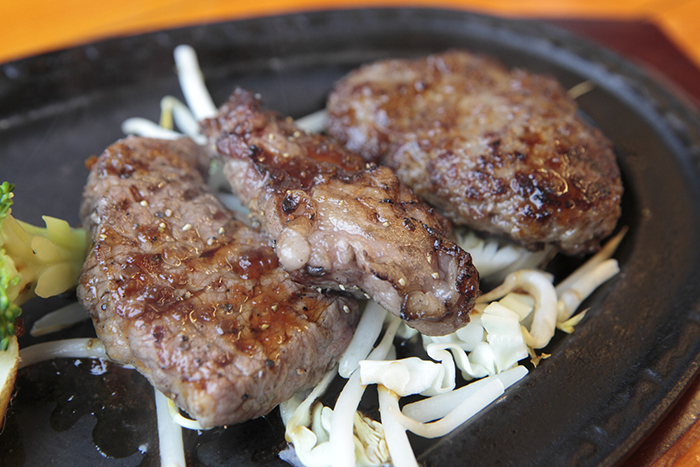Investing effort in wagyu cattle and aiming for the highest rank
Words by Yuka Mori
Photographs by Keiji Tsuyuguchi
Translation by Xene Inc.
Protecting the “Biratori Wagyu” Brand
At the “Japan Pavilion” of the 2015 World’s Fair held in Milan, Italy, a Japanese chef put on a performance featuring “Biratori Wagyu” beef, a brand of wagyu which is now receiving worldwide attention. Mr. Kenichi Harada, a producer of “Biratori Wagyu” in Hokkaido’s town of Biratori, was kind enough to speak with KAI Magazine.
Wagyu beef is characterized by the marbling of fat. The fat melts at low temperature, creating an unmistakable melt-in-the-mouth sensation with every bite. We often hear of the different grades of beef, which are assigned according to the strict standards of the Japan Meat Grading Association. Meat is in fact graded on two classifications: three ranks A, B, and C for yield by weight; and five ranks 5, 4, 3, 2, and 1 for meat quality. If both classifications are deemed excellent, the meat will be graded with the highest possible rank of A5.
“Wagyu is always ranked. Beef prices will vary depending on the current market, but the grade will never change. And so, we’re always committed to making any and every effort in pursuit of an A5 grade.”
Mr. Harada has devoted the last 28 years of his life to producing wagyu. He currently raises a herd of some 200 cattle. The massive, glossy-black cattle are all the more impressive up close. While somewhat intimidating, their gentle faces hint at their friendliness to humans.
Wagyu are painstakingly raised with great attention paid to each individual cow. In Japan, it’s common for rearing to be divided among specialists, with breeding farms caring for the calves up to around a year of age, and feeding farms taking over for about three years more, until the cows are ready to be shipped as beef cattle. The meat’s brand name will also include the place where the cattle was raised and shipped from. Mr. Harada is one of a few people who carry on the tradition of “Biratori Wagyu”, overseeing the entire production process from breeding to raising and fattening the cattle.
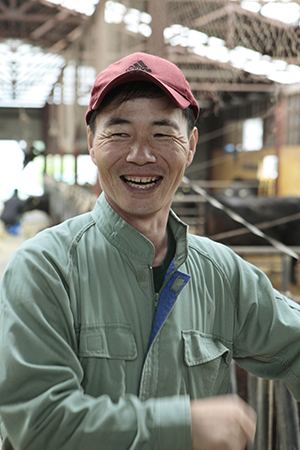
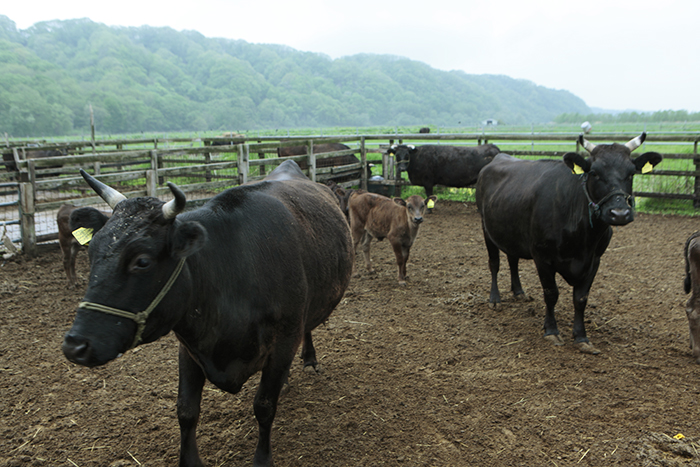

Our duty is to look after each cattle as an individual
Biratori’s tradition of wagyu production began in 1962, with the introduction of 54 cattle from Shimane Prefecture. With declining demand for horses, local ranchers took interest in wagyu as a potential new industry. The clear waters of the Saru River and Biratori’s cool climate proved to be ideal for meat production, and thanks to years of tireless effort by local producers, Biratori Wagyu became renowned for its intense richness and delicate texture.
Mr. Harada’s family originally operated a major rice farm, but with his father’s passing away three years ago, they decided to focus on wagyu. “A beef rancher’s duty is to look after the cattle. We must observe each cow’s expression and mannerisms, and also keep an eye on their manure and appetite. If anything seems wrong, we’ll immediately take their temperature and call a veterinarian. In case of a serious illness, it might be impossible to sell the cow for meat.”
It’s said that the exact method of feeding depends on the personality of each individual cow. Some would prefer to slowly eat in solitude, while others only seem to have an appetite when they compete for food with neighbors. If every cow in the barn has a contented expression, it’s because the rancher has paid full attention to their each and every whim.
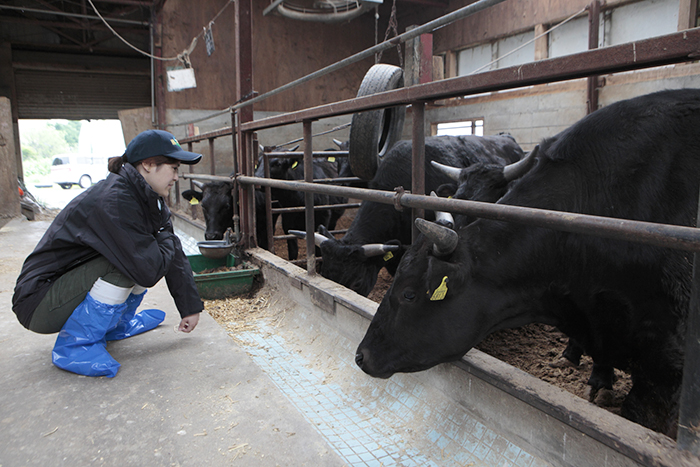
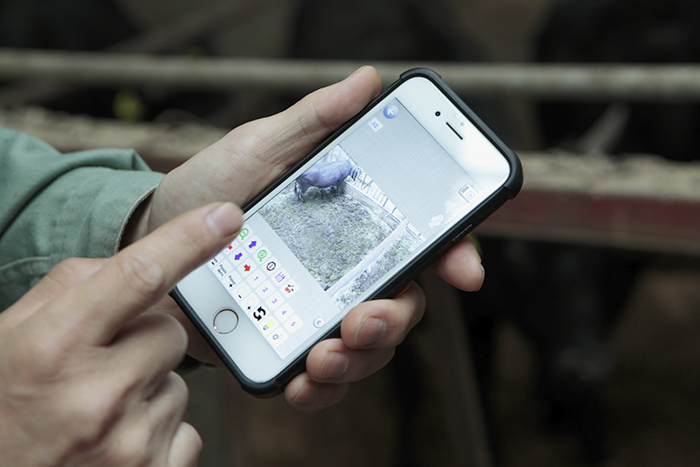
Striving for even greater success through involvement in the entire production process
Of the 353 Biratori-raised cattle shipped in 2015, 70% received A5 or A4 grades, and accomplishment proving the strength of the Biratori Wagyu brand.
And the producer’s commitment to the entire production process is proof of their passion to achieve even greater success.
“We feed our cattle more grass than mixed feed. But, it really takes an excellent mother cow to raise a good calf. That’s why we focus on taking care of the mothers and creating bloodlines that will continue to contribute to the Biratori brand. The best way to achieve this is involvement in the entire production process -- total management of each cattle.”
